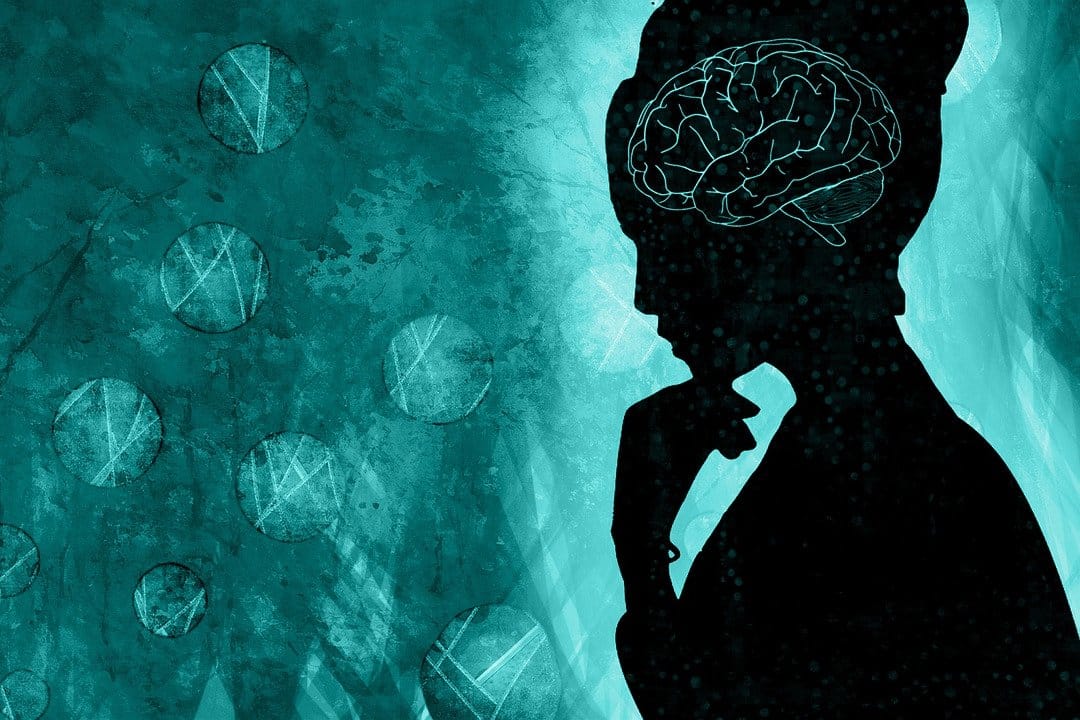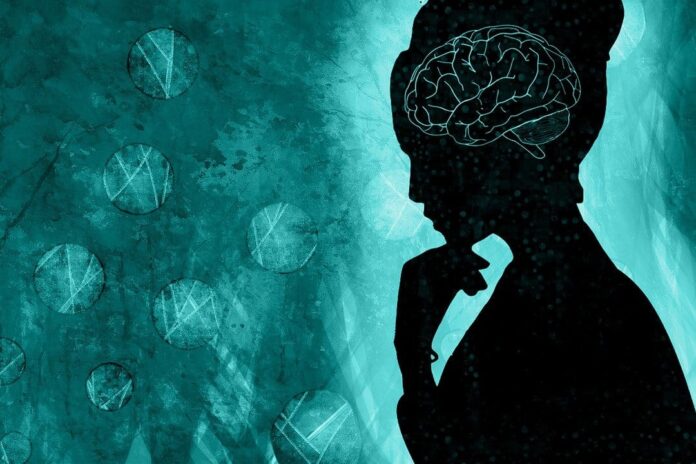[ad_1]
Summary: A new, large-scale neuroimaging study found potentially life-threatening conditions in 1 out of 500 seemingly healthy children, and minor yet clinically significant brain abnormalities in 1 out of 25 children.
Source: UCSF
A large study of brain MRI scans from 11,679 nine- and ten-year-old children reviewed by UC San Francisco neuroradiologists identified potentially life-threatening conditions in 1 in 500 children, and more minor but possibly clinically significant brain abnormalities in 1 out of 25 children.
The results provide the best estimates to date of the true incidence of various structural abnormalities in the developing brain, and raise the question of whether all MRI brain imaging obtained during research studies should be reviewed by board-certified radiologists, as was done in this study, in the hopes of saving lives and alerting participants to incidental findings that ought to be medically evaluated.
One parent went public on Facebook with good news following her son’s recovery from successful surgery to remove a brain tumor that was detected by the reviewing UCSF neuroradiologists, writing, “I’m forever grateful because his participation in this study probably saved his life.”
The senior author of the study, published March 22, 2021 in JAMA Neurology, is Leo Sugrue, MD, PhD, associate professor in the UCSF Department of Radiology and director of the Laboratory for Precision Neuroimaging. “From examining brain MRIs in this large, demographically diverse sample of U.S. kids, now we know with good statistical reliability how common various brain abnormalities are in the general population,” Sugrue said.
Abnormalities for which additional medical evaluation was recommended included cysts that might grow to impinge on key brain structures, and developmental abnormalities of the brain’s grey matter that have been associated with seizures.
About 21 percent of kids in the study had some structural finding in the brain; however, many were simply anatomical variants, such as an unusually shaped structure, that are not known to be clinically significant. All the participating children will continue to be scanned every two years over the 10-year study, and Sugrue says some of the outstanding questions are whether any of these structural brain abnormalities statistically correlate with developmental outcomes being tracked in the study, or whether some – growing cysts, for example – may become more abnormal over time.
The results are some of the first to emerge from the ongoing nationwide Adolescent Brain Cognitive Development (ABCD) study, launched by collaborating institutes within the National Institutes of Health. The ABCD study, which has enrolled participants at 21 different research sites across the country, is the biggest U.S. long-term study of child health and brain development to date.
While the results presented in JAMA Neurology are from initial baseline MRI scans, the ambitious, overarching goal of the ABCD study is to reevaluate the same cohort of children periodically as they mature from pre-adolescence through adulthood, to determine how changing biology interacts with environment and lifestyle – variables such as involvement in sports, use of social media and video games, sleep patterns, and use of substances such as alcohol and tobacco — to influence brain development and health, including behavioral, social, and educational outcomes.
Adolescence is a time of dramatic changes in brain structure and function, Sugrue said. “The years from adolescence to early adulthood are a time of rapid social, cognitive, and emotional development, and a period when many psychiatric disorders and learning disabilities first present. Brain changes during this period are suspected to influence risk for disorders such as schizophrenia, depression, attention-deficit/hyperactivity disorder, and addiction. However, to date our understanding of those relationships has been limited by a lack of high-quality longitudinal data, a gap that the ABCD study aims to fill.”

Besides obtaining brain images, ABCD researchers are administering questionnaires and neuropsychiatric exams, taking blood and other biosamples for genetic and other studies, and even consulting geographical databases to monitor participants’ exposure to pollution and other environmental factors.
Although researchers are obtaining a variety of additional types of MRI images for the ABCD study, the results published this week in JAMA Neurology were obtained through review of structural scans obtained using state-of-the-art imaging with high-field-strength MRI scanners that allow examination of the brain at millimeter resolution.
Sugrue and UCSF neuroradiologist Yi Li, MD, the first author of the new study and assistant professor in the Department of Radiology, evaluated all the baseline structural MRI scans for the ABCD study, but Sugrue has recently recruited additional UCSF clinical neuroradiologists to assist in future analyses. UCSF is not an enrollment or exam site for the ABCD study.
ABCD study researchers recruited participants for intake and first evaluation between 2016 and 2018. While over half of the 2-year follow-up exams have been completed, COVID19 has slowed progress in data collection. But because of the timing of the study, researchers will now be able to investigate the potential influence of COVID19 on risks for the outcomes being evaluated.
Leading co-authors on the study included Terry Jernigan, Anders Dale, and Wesley Thompson of UC San Diego.
Funding: The study was funded by the National Institutes of Health.
Disclosures: None.
About this brain development research news
Source: UCSF
Contact: Elizabeth Fernandez – UCSF
Image: The image is in the public domain
Original Research: Open access.
“Rates of Incidental Findings in Brain Magnetic Resonance Imaging in Children” by Leo Sugrue et al. JAMA Neurology
Abstract
Rates of Incidental Findings in Brain Magnetic Resonance Imaging in Children
Importance
Incidental findings (IFs) are unexpected abnormalities discovered during imaging and can range from normal anatomic variants to findings requiring urgent medical intervention. In the case of brain magnetic resonance imaging (MRI), reliable data about the prevalence and significance of IFs in the general population are limited, making it difficult to anticipate, communicate, and manage these findings.
Objectives
To determine the overall prevalence of IFs in brain MRI in the nonclinical pediatric population as well as the rates of specific findings and findings for which clinical referral is recommended.
Design, Setting, and Participants
This cohort study was based on the April 2019 release of baseline data from 11 810 children aged 9 to 10 years who were enrolled and completed baseline neuroimaging in the Adolescent Brain Cognitive Development (ABCD) study, the largest US population-based longitudinal observational study of brain development and child health, between September 1, 2016, and November 15, 2018. Participants were enrolled at 21 sites across the US designed to mirror the demographic characteristics of the US population. Baseline structural MRIs were centrally reviewed for IFs by board-certified neuroradiologists and findings were described and categorized (category 1, no abnormal findings; 2, no referral recommended; 3; consider referral; and 4, consider immediate referral). Children were enrolled through a broad school-based recruitment process in which all children of eligible age at selected schools were invited to participate. Exclusion criteria were severe sensory, intellectual, medical, or neurologic disorders that would preclude or interfere with study participation. During the enrollment process, demographic data were monitored to ensure that the study met targets for sex, socioeconomic, ethnic, and racial diversity. Data were analyzed from March 15, 2018, to November 20, 2020.
Main Outcomes and Measures
Percentage of children with IFs in each category and prevalence of specific IFs.
Results
A total of 11 679 children (52.1% boys, mean [SD] age, 9.9 [0.62] years) had interpretable baseline structural MRI results. Of these, 2464 participants (21.1%) had IFs, including 2013 children (17.2%) assigned to category 2, 431 (3.7%) assigned to category 3, and 20 (0.2%) assigned to category 4. Overall rates of IFs did not differ significantly between singleton and twin gestations or between monozygotic and dizygotic twins, but heritability analysis showed heritability for the presence or absence of IFs (h2 = 0.260; 95% CI, 0.135-0.387).
Conclusions and Relevance
Incidental findings in brain MRI and findings with potential clinical significance are both common in the general pediatric population. By assessing IFs and concurrent developmental and health measures and following these findings over the longitudinal study course, the ABCD study has the potential to determine the significance of many common IFs.
[ad_2]
Source link













